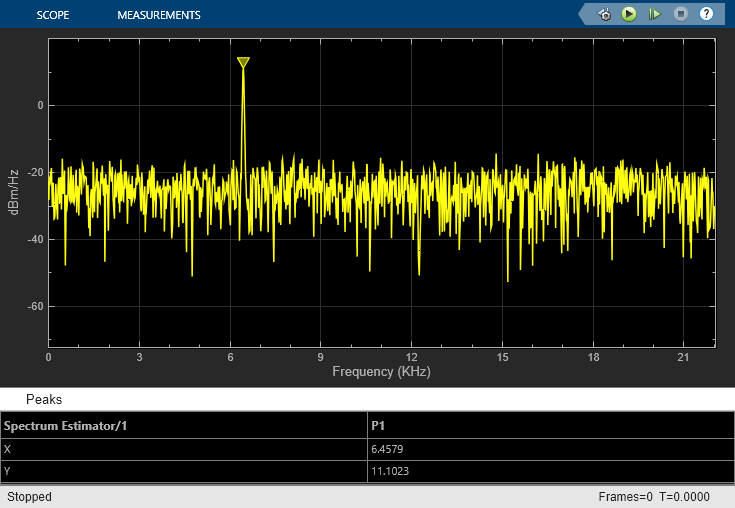Buffer
将输入序列分组或合并为更小或更大的帧大小
库:
DSP System Toolbox /
Signal Management /
Buffers
描述
Buffer 模块始终执行基于帧的处理。该模块重新分布输入的每一列中的数据,以产生具有不同帧大小的输出。将信号合并为更大的帧大小会产生帧速率比输入更慢的输出。例如,假设有下图所示的标量输入。

将信号分组为更小的帧大小会产生帧速率比输入更快的输出。例如,假设有下图所示的标量输出。

该模块协调非重叠缓冲区的输出帧大小和帧速率,使得信号的采样周期在输入和输出处相同:Tso = Tsi。
当模块输入和输出速率相同时,此模块支持触发子系统。
示例
端口
输入
输出
参数
模块特性
数据类型 |
|
直接馈通 |
|
多维信号 |
|
可变大小信号 |
|
过零检测 |
|
详细信息
扩展功能
版本历史记录
在 R2006a 之前推出


